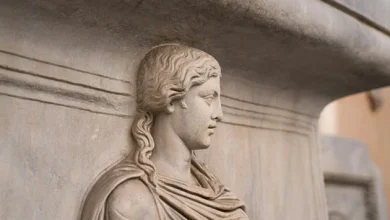What was the life of a medieval man during the plague?
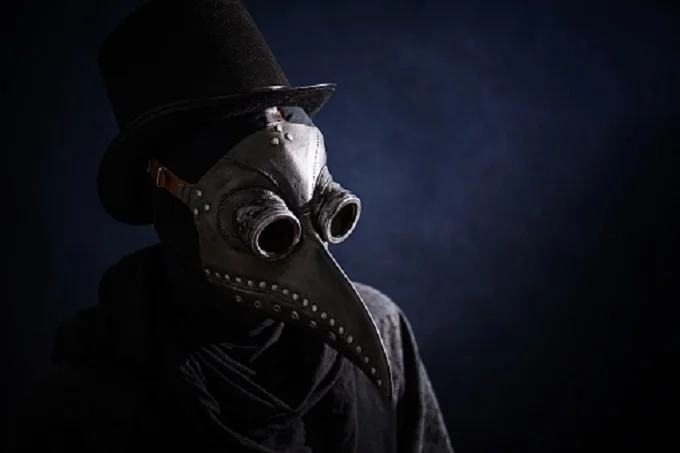
One of the most severe epidemics in history – the “black death” – claimed the lives, according to various estimates, of 30 to 60% of the population of Europe and radically influenced the course of history. When people talk about a plague epidemic, they usually talk only about corpses on the streets, desolation, and other terrible things in general terms. But what was life like for an ordinary person in the XIV century? What was common for him in those difficult times for humankind?
Before leaving the house, you need to look out the window
Just as people shunned each other during the coronavirus pandemic, during the Black Death, people were as careful as possible. Waking up, a person looked out the window and decided whether to leave the house right now. Outside the window, one could often see carts carrying corpses or hear the lamentations of mourners for the dead.
Flowers were in fashion

More precisely, they were used to protect against the plague since people thought diseases were spread in the wind by unpleasant odors and miasmas. And if so, the pleasant smell of flowers will be a kind of shield, including from the plague.
That is why there were necessarily quite fragrant bouquets in the homes of all people – from poor peasants to wealthy lords – and a small flower was attached to the clothes of many (or they carried it in their hands and smelled it periodically).
Many went to the gravediggers

At the height of the Black Death, the economy practically stopped, and the urban population was rapidly impoverished, unable to earn even food. Therefore, many people, especially in rich cities capable of paying for the services of hired workers, went to gravediggers. But these were not the burials that are being made today, but the rough dumping of bodies into mass graves.
Most likely, if you were in that time, you would have to drive through the streets with a wheelbarrow, collect the bodies of the dead and take them to specially designated places. There were so many bodies that you, most likely, would have received a professional deformation in a few days and would have treated death as a matter of routine.
People faced plague doctors every day and were afraid of them
Nowadays, plague doctors have become a kind of brand. Their masks, robes, mysteriousness – all this attracts many fans of the Middle Ages. And although they are usually depicted as lonely silent figures, during the “black death” plague, doctors created small detachments that could quickly respond to the next focus of infection.
Alas, the iconic mask did not save from the plague, and doctors died just like their patients. The beak most often contained flowers, perfume, or other good-smelling things, which, as we said earlier, were considered barriers against all diseases.
Walking through the city, you could have stumbled upon a plague doctor, which was one of the greatest fears of the time. Doctors easily identified even the early symptoms of the plague and could suddenly shock a person with bad news.
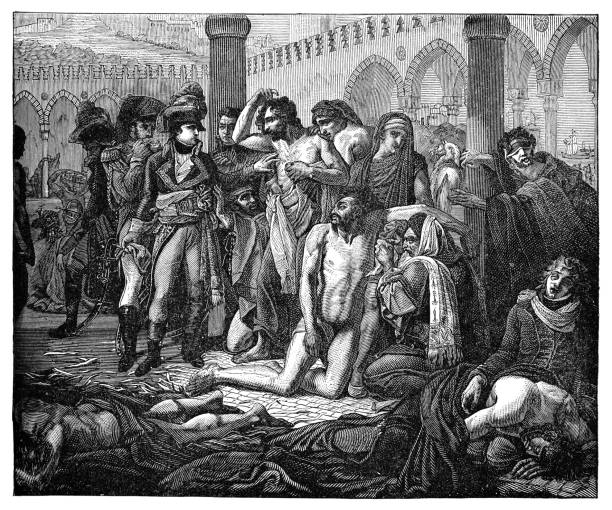
Daily body checks
If someone thinks that people were ashamed of their bodies during the Middle Ages and tried not to look at them, especially at the intimate parts, he is mistaken. When people returned from the street, they asked their family members or acquaintances to examine their bodies for buboes – black tumors in the armpits and groin. Their absence gave hope because you once again cheated death.
Daily checks of astronomical events
After a thorough examination of the body for the presence of buboes, one should turn to “science” – astrology. In those days, it was believed that unfavorable astrological events caused the plague. So, for example, in all seriousness, the Faculty of Medicine of the University of Paris named the triple conjunction of Mars, Jupiter, and Saturn in the 40th degree of Aquarius, which occurred in 1345, as the official cause of the “black death.”
Everyone, from peasants to kings, watched the sky and its events. A comet flew by – get ready for death and shocks. The astrologer said that Saturn is now in a favorable position? Hurray, you can live another week until the next sign.
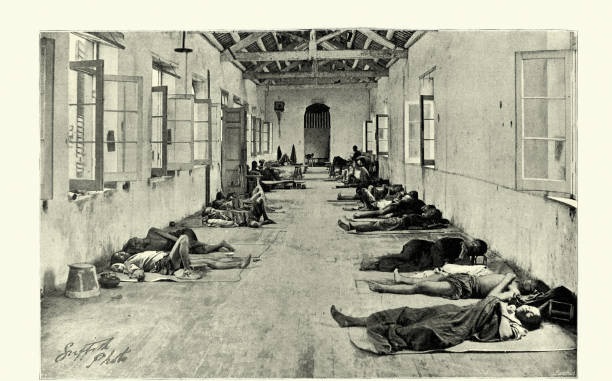
People prayed in churches without priests
The only remedy for the plague, besides flowers, was prayer, in which most people of that time spent almost all their free time. The churches were packed to capacity, but the clergy were not there. Why? They either fled because, being more literate, they understood that they smelled fried or died because of the constant presence in a confined space and contact with the flock.
Many joined the flagellants
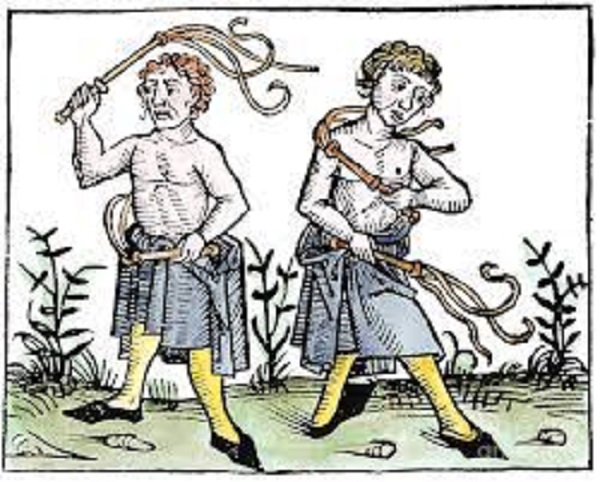
Flagellantism is a movement that emerged in the 13th century. Self-flagellation was practiced there as a sign of universal repentance. When people felt the symptoms of plague, especially pneumonic, they often joined the mass processions in the city squares despite their origin and physical condition.
Taking a whip with thorns in their hands, they began to beat themselves while reading prayers of repentance. Often such a ceremony ended with a slow and painful death from painful shock and great blood loss.
Hedonism was the norm for many people
Hedonism is a doctrine according to which pleasure is the highest good and the meaning of life. From the poorest to the wealthiest merchants, everyone often chose this path. And really, why are these sufferings and fears when you do not know what will happen tomorrow? Ordinary people have entirely stopped planning anything in advance and thinking about the consequences, which has brought society closer to chaos and anarchy.




